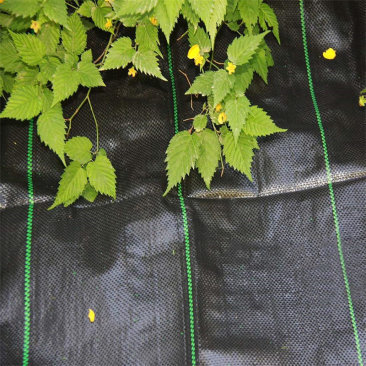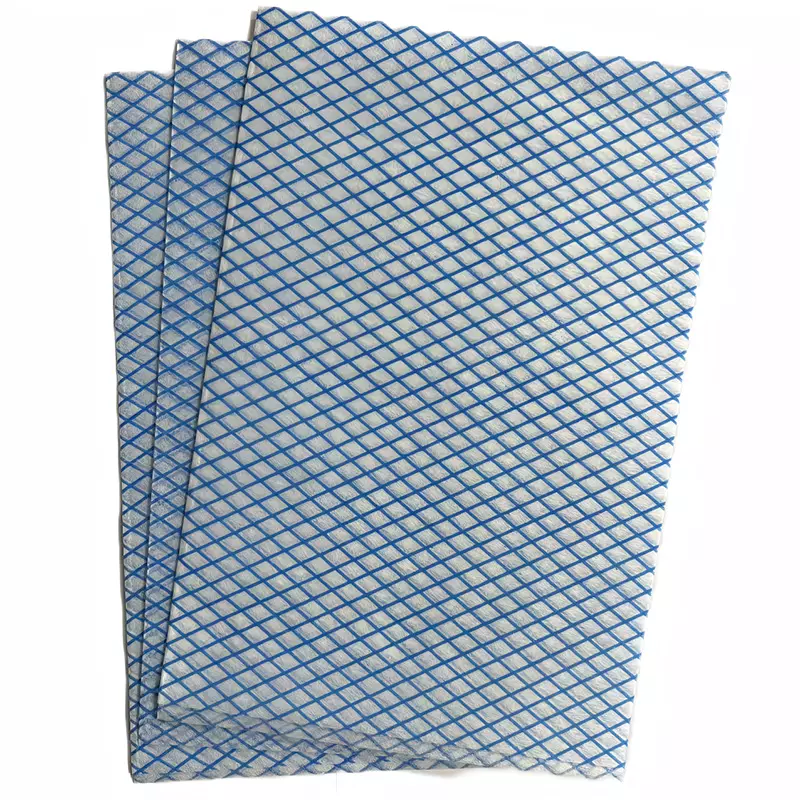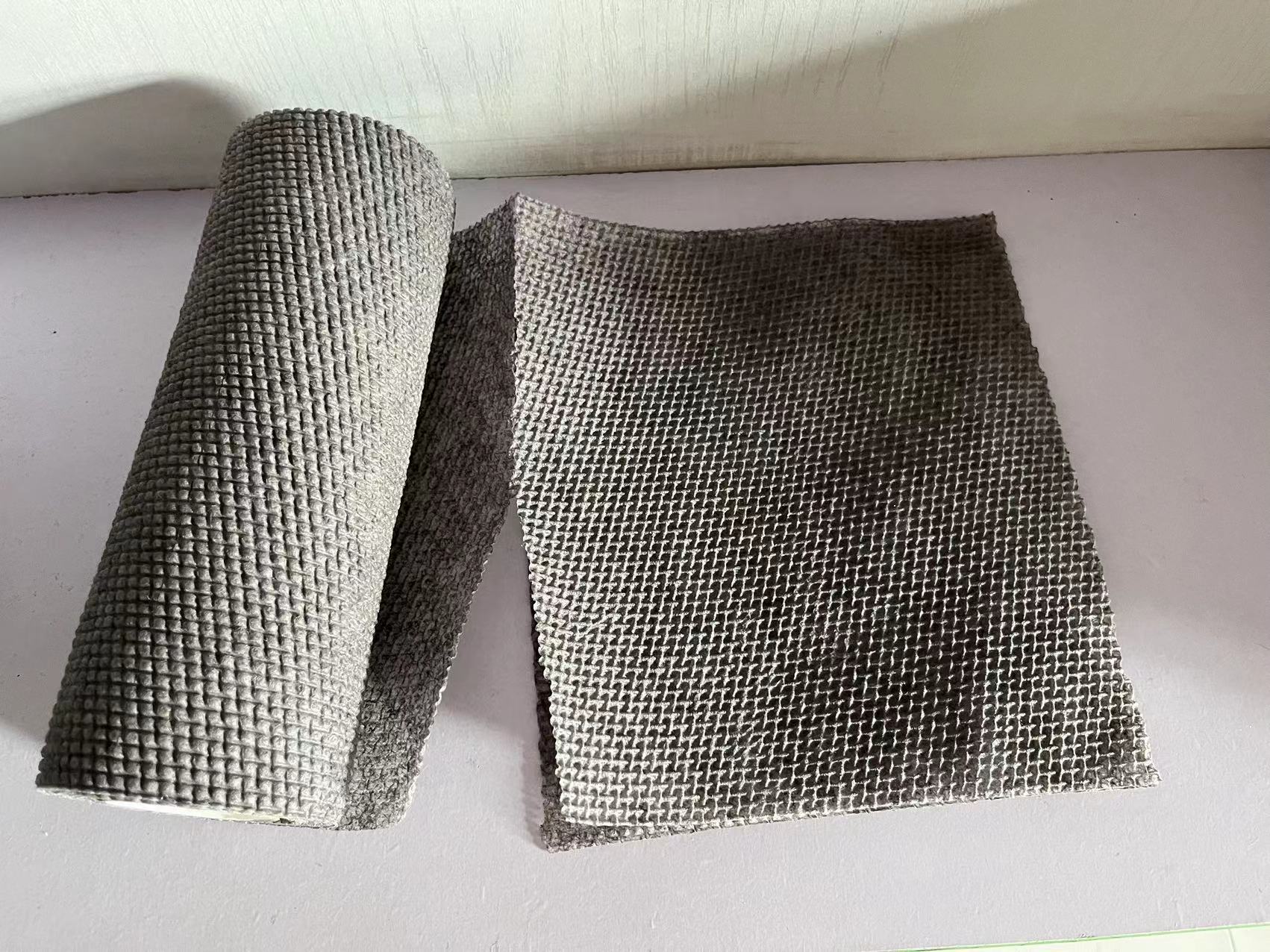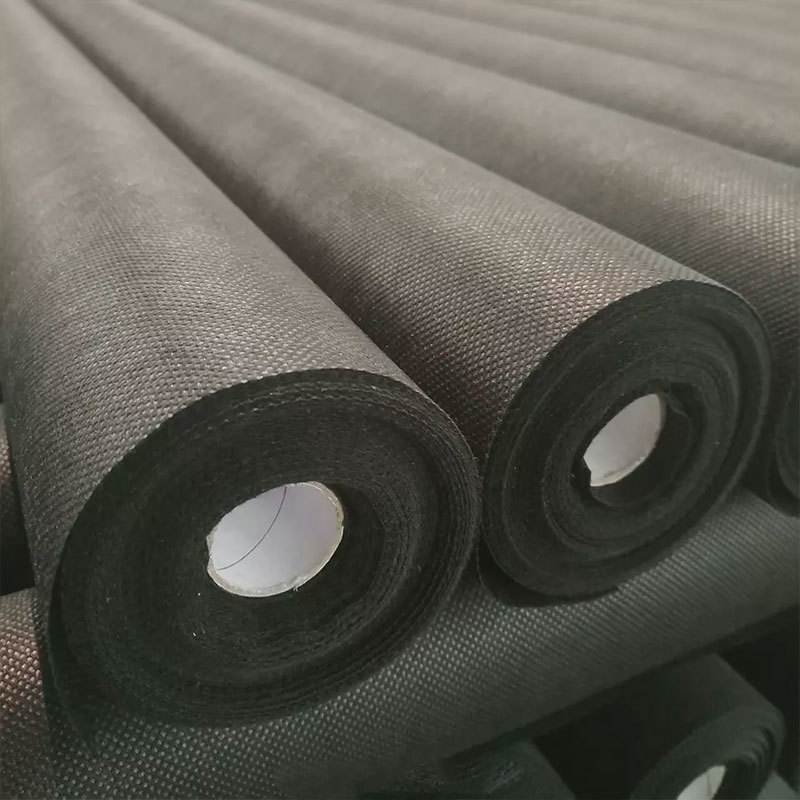18
2025
-
06
Understanding Garden Ground Cover Fabric: Essential Insights for Construction Professionals
Garden ground cover fabric, often referred to as landscaping fabric or weed barrier fabric, plays a crucial role in various construction and landscaping projects. This material is specifically designed to manage soil erosion, suppress weed growth, and improve overall soil health, making it an indispensable choice for professionals in the building and decorative materials industry. One of the prim
Garden ground cover fabric, often referred to as landscaping fabric or weed barrier fabric, plays a crucial role in various construction and landscaping projects. This material is specifically designed to manage soil erosion, suppress weed growth, and improve overall soil health, making it an indispensable choice for professionals in the building and decorative materials industry.
One of the primary functions of garden ground cover fabric is its ability to prevent weeds from invading cultivated areas. By blocking sunlight and restricting the growth of unwanted vegetation, it helps maintain the aesthetic appeal of gardens and landscaped spaces. This is especially beneficial for areas where low-maintenance landscapes are desired, allowing plants to thrive without competition for nutrients and water.
Additionally, garden ground cover fabric serves as an essential component in soil erosion control. It stabilizes the soil, preventing runoff and the loss of valuable topsoil, particularly in sloped areas or locations prone to heavy rainfall. By using this fabric, construction professionals can ensure the longevity of their landscaping projects while protecting the surrounding environment.
When selecting garden ground cover fabric, it is important to consider the material's permeability. A high-quality fabric allows water and air to reach the soil while still providing adequate weed suppression. This balance is vital for maintaining soil health and ensuring that plants receive the necessary nutrients. Furthermore, some fabrics are designed with UV resistance, enhancing their durability and extending their lifespan, which is particularly advantageous in harsh weather conditions.
Installation of garden ground cover fabric is straightforward, but certain best practices should be followed to achieve optimal results. First, it is crucial to prepare the ground by clearing away any debris, rocks, or existing vegetation. This ensures a smooth surface for the fabric and promotes better adherence to the soil. Next, the fabric should be laid out in a way that allows for overlaps at the seams to prevent any gaps where weeds may emerge. It is advisable to secure the fabric with landscaping staples or pins to keep it in place, especially in windy conditions.
In summary, garden ground cover fabric is an essential tool in the arsenal of construction and landscaping professionals. Its ability to control weeds, prevent soil erosion, and promote healthy plant growth makes it a valuable asset in any project. By understanding its properties and installation techniques, you can enhance the quality and longevity of your work while providing effective solutions for your clients. Incorporating this material into your practices will not only improve project outcomes but also elevate your reputation as a knowledgeable professional in the industry.
One of the primary functions of garden ground cover fabric is its ability to prevent weeds from invading cultivated areas. By blocking sunlight and restricting the growth of unwanted vegetation, it helps maintain the aesthetic appeal of gardens and landscaped spaces. This is especially beneficial for areas where low-maintenance landscapes are desired, allowing plants to thrive without competition for nutrients and water.
Additionally, garden ground cover fabric serves as an essential component in soil erosion control. It stabilizes the soil, preventing runoff and the loss of valuable topsoil, particularly in sloped areas or locations prone to heavy rainfall. By using this fabric, construction professionals can ensure the longevity of their landscaping projects while protecting the surrounding environment.
When selecting garden ground cover fabric, it is important to consider the material's permeability. A high-quality fabric allows water and air to reach the soil while still providing adequate weed suppression. This balance is vital for maintaining soil health and ensuring that plants receive the necessary nutrients. Furthermore, some fabrics are designed with UV resistance, enhancing their durability and extending their lifespan, which is particularly advantageous in harsh weather conditions.
Installation of garden ground cover fabric is straightforward, but certain best practices should be followed to achieve optimal results. First, it is crucial to prepare the ground by clearing away any debris, rocks, or existing vegetation. This ensures a smooth surface for the fabric and promotes better adherence to the soil. Next, the fabric should be laid out in a way that allows for overlaps at the seams to prevent any gaps where weeds may emerge. It is advisable to secure the fabric with landscaping staples or pins to keep it in place, especially in windy conditions.
In summary, garden ground cover fabric is an essential tool in the arsenal of construction and landscaping professionals. Its ability to control weeds, prevent soil erosion, and promote healthy plant growth makes it a valuable asset in any project. By understanding its properties and installation techniques, you can enhance the quality and longevity of your work while providing effective solutions for your clients. Incorporating this material into your practices will not only improve project outcomes but also elevate your reputation as a knowledgeable professional in the industry.
garden ground cover fabric












